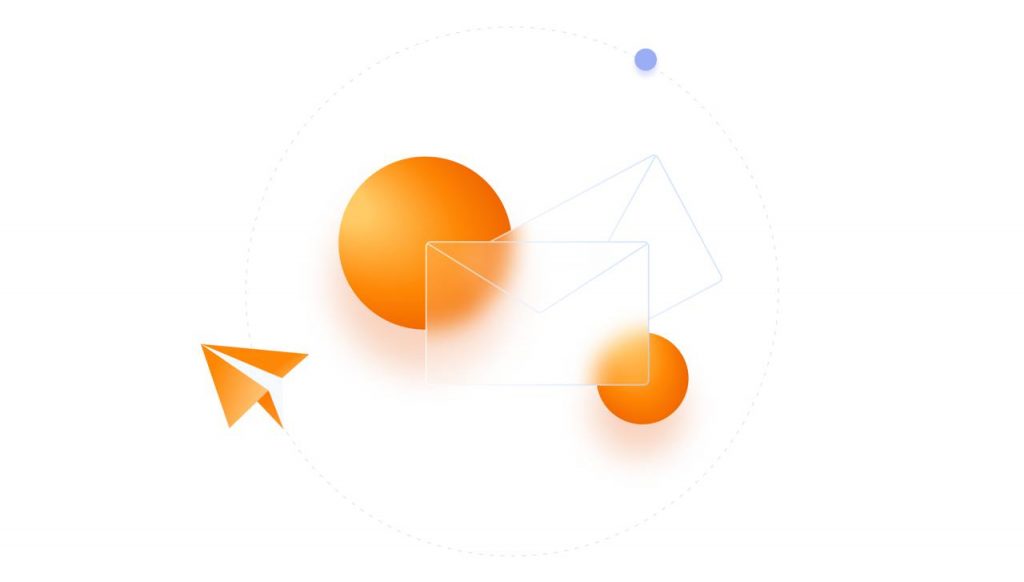What is gradient descent?
At its core, gradient descent helps models learn by reducing errors. The process involves:
- Calculating the gradient: The algorithm computes the derivative (gradient) of the loss function with respect to model parameters. This measures the steepness of the function at a given point.
- Updating parameters: Model parameters (e.g., weights in a neural network) are adjusted in the opposite direction of the gradient.
- Iterating until convergence: Steps 1 and 2 are repeated until the model reaches an optimal or near-optimal state.
Types of gradient descent
Batch gradient descent
- Uses the entire dataset to compute the gradient before updating parameters.
- More stable but computationally expensive for large datasets.
Example: Used in small datasets where performance is not an issue.
Stochastic gradient descent (SGD)
- Updates parameters after each training example, making it faster and more dynamic.
- Can converge faster but introduces more noise.
Example: Used in deep learning where datasets are too large to compute full gradients.
Mini-batch gradient descent
- A middle ground between batch and stochastic gradient descent.
- Uses small random batches of data, balancing speed and stability.
Example: Common in deep learning frameworks like TensorFlow and PyTorch.
Challenges and solutions in gradient descent
Challenge: Choosing the right learning rate. A high learning rate can cause divergence, while a low one can lead to slow convergence.
Solution: Use adaptive learning rates (e.g., Adam, RMSprop).
Challenge: Local minima and saddle points. Gradient descent can get stuck in non-optimal solutions.
Solution: Techniques like momentum help escape poor local minima.
Challenge: Vanishing and exploding gradients. In deep networks, gradients can become too small (vanishing) or too large (exploding).
Solution: Use normalization techniques (BatchNorm), better activations (ReLU), or gradient clipping.
Applications of gradient descent in machine learning
Gradient descent is at the heart of most machine learning and deep learning applications. It enables models to adjust parameters efficiently across various domains.
- Neural networks: Trains deep learning models in image recognition, NLP, and speech processing.
- Regression models: Optimizes parameters in linear and logistic regression.
- Reinforcement learning: Helps update policy networks for decision-making.
- Recommendation systems: Fine-tunes weights in collaborative filtering algorithms.
Final thoughts
Gradient descent is a fundamental optimization algorithm in AI, enabling models to learn by adjusting parameters iteratively.
Batch, stochastic, and mini-batch variations allow flexibility depending on the dataset size and computational constraints.
Despite challenges like local minima and vanishing gradients, advancements in adaptive optimizers and regularization techniques have made gradient descent highly efficient in modern machine learning.



